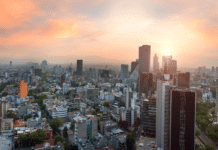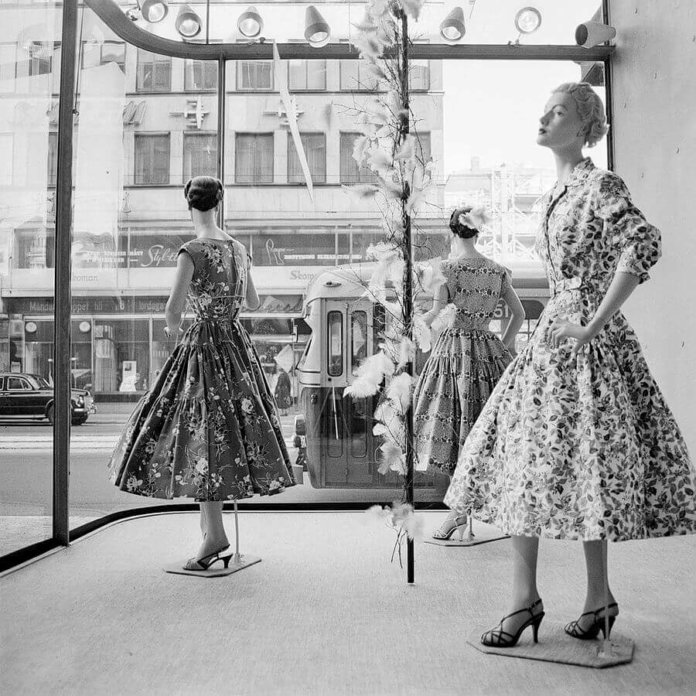
Innovations in textile manufacturing were the driving force behind the Industrial Revolution. Cottage-level production became irrelevant, utilitarianism was superseded by uniformity and the apparel industry was born.
Today, apparel is a three trillion-dollar sector making up two per cent of the world’s GDP, employing millions and boasting some of the world’s most recognisable brands. The origin stories of apparel giants often have modest beginnings. From mothers and fathers weaving fabric for their families to local dressmakers outfitting entire communities, a sense of intimacy still lays at the heart of an industry whose leaders remain family run.
Here are the top ten largest apparel companies by revenue in the world, seven of which are controlled or owned by families:

10. Hermès International
Country of Origin: France
Revenue (as of 2018): 6.3 Billion
Number of Employees: 13,483
Founded in 1837 by businessman Thierry Hermès, the high fashion company began as a manufacturer of horse harnesses. The leap to luggage and handbags came under the leadership of Thierry’s son, Charles-Émile at the turn of the 20th century, and took the form of a satchel that riders could use to carry their saddles.
Its royal patronage meant the company was the first in France to be granted exclusive rights to use the zipper in its products. Hermès introduced the coveted women’s handbag in 1922, and a couture apparel collection followed in 1929.
Today, Hermès has 240 stores worldwide, offering a diverse range of fashion items and accessories. The company remained family-run until 2005.
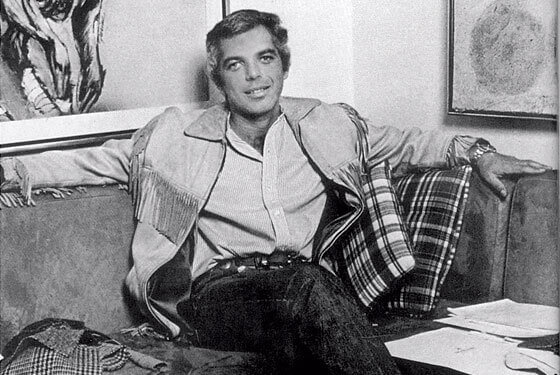
9. Ralph Lauren Corporation
Country of Origin: USA
Revenue (as of 2018): 6.7 Billion
Number of Employees: 18,250
Before launching his eponymous brand in 1967, Ralph Lauren’s meteoric rise to success was preceded by a career in the United States Army and a stint as a sales assistant at Brooks Brothers. Initially concentrating on men’s ties, Lauren inaugurated the iconic Polo brand in 1968, working out of a single showroom in the Empire State Building. The following year, Bloomingdale’s picked up Lauren’s clothing line and sold it exclusively through an in-store boutique, a first for the retail giant. Lauren later expanded into women’s clothing, and notably, fragrances. In 1997, the company became publicly traded on the New York Stock Exchange.
Today, Ralph Lauren’s brand names are some of the world’s most widely recognised. The company operates 111 retail locations across North America, Europe and Asia.
Lauren stepped down as CEO in 2015 but remains the company’s executive chairman and chief creative officer.
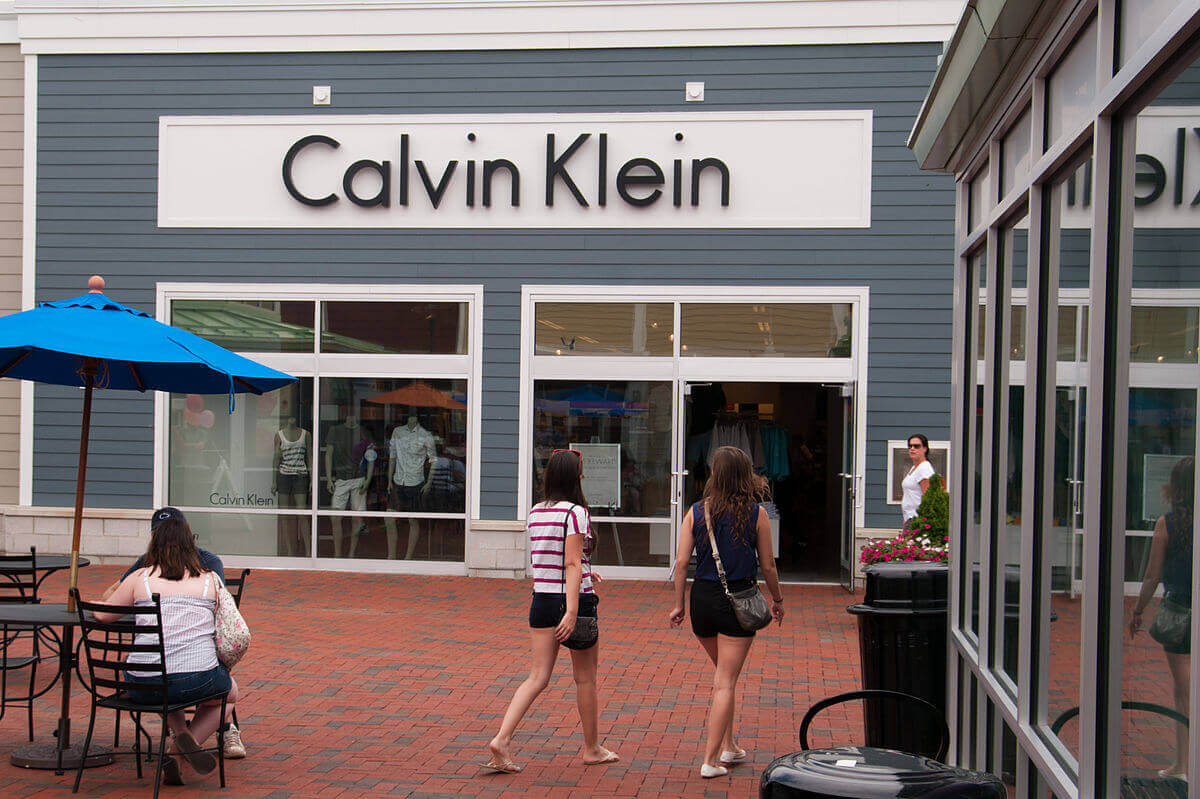
8. PVH Corporation
Country of Origin: USA
Revenue (as of 2018): 8.9 Billion
Number of Employees: 28,050
Moses Phillips and his wife Endel began sewing and selling shirts to coal miners from a pushcart in 1881. Their trademarked Arrow collar would be a fashion innovation, along with the Van Heusen soft-folding collar, a product of their business arrangement with John Van Heusen. PVH (Phillips-Van Heusen) became publicly traded in 1920 and went on to enjoy unprecedented success selling men’s shirts in the United States, with celebrities such as Ronald Reagan, Charlton Heston and Mickey Rooney promoting the brand.
Today, PVH operates three business groups: Calvin Klein, Tommy Hilfiger and Heritage Brands, the former two accounting for over 80% of the company’s revenue.
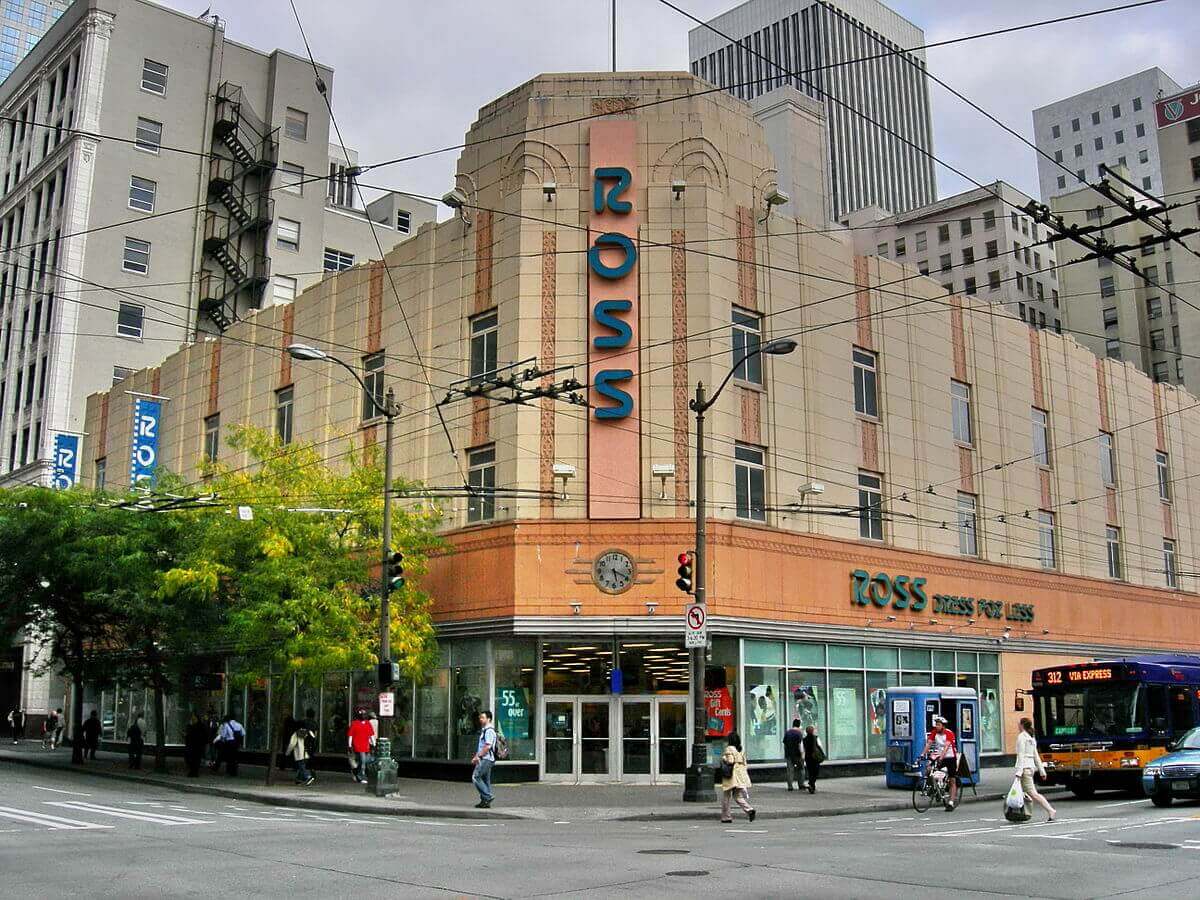
7. Ross Stores
Country of Origin: USA
Revenue (as of 2018): 14.1 Billion
Number of Employees: 82,700
Ross Stores is the United States’ largest off-price retail chain, offering speciality brands at reduced prices. Established in 1982 from the merger of six department stores in the San Francisco Bay Area, the company went public in 1985, and by 1986 had 121 stores in 16 states.
Through its buying power, the company was able to expand into Home Accents, Bed & Bath and other non-apparel categories in the 90s. By 2000, Ross Stores locations had grown to 409. Today, the Ross banner can be found in 37 states as well as Guam, with 1,409 locations.

6. Kering
Country of Origin: France
Revenue (as of 2018): 18.2 Billion
Number of Employees: 29,000
A global luxury group, Kering manages the development of a series of renowned houses of fashion, leather goods, jewellery and watches. Its noteworthy brands include Gucci, Saint Laurent, Bottega Veneta, Balenciaga, Alexander McQueen, Brioni, Boucheron, Pomellato, Dodo, Qeelin, Ulysse Nardin, Girard-Perregaux, as well as Kering Eyewear and Puma.
Founded in 1963 by François Pinault as a wood and building materials business, the company repositioned itself in the distribution sector in the 1990s and began focusing exclusively on luxury brands. By 2013, the strategic shift was complete, and the group adopted the Kering name.
In 2018, Kering was ranked third in Fortune’s World’s Most Admired Companies List, in the apparel category.
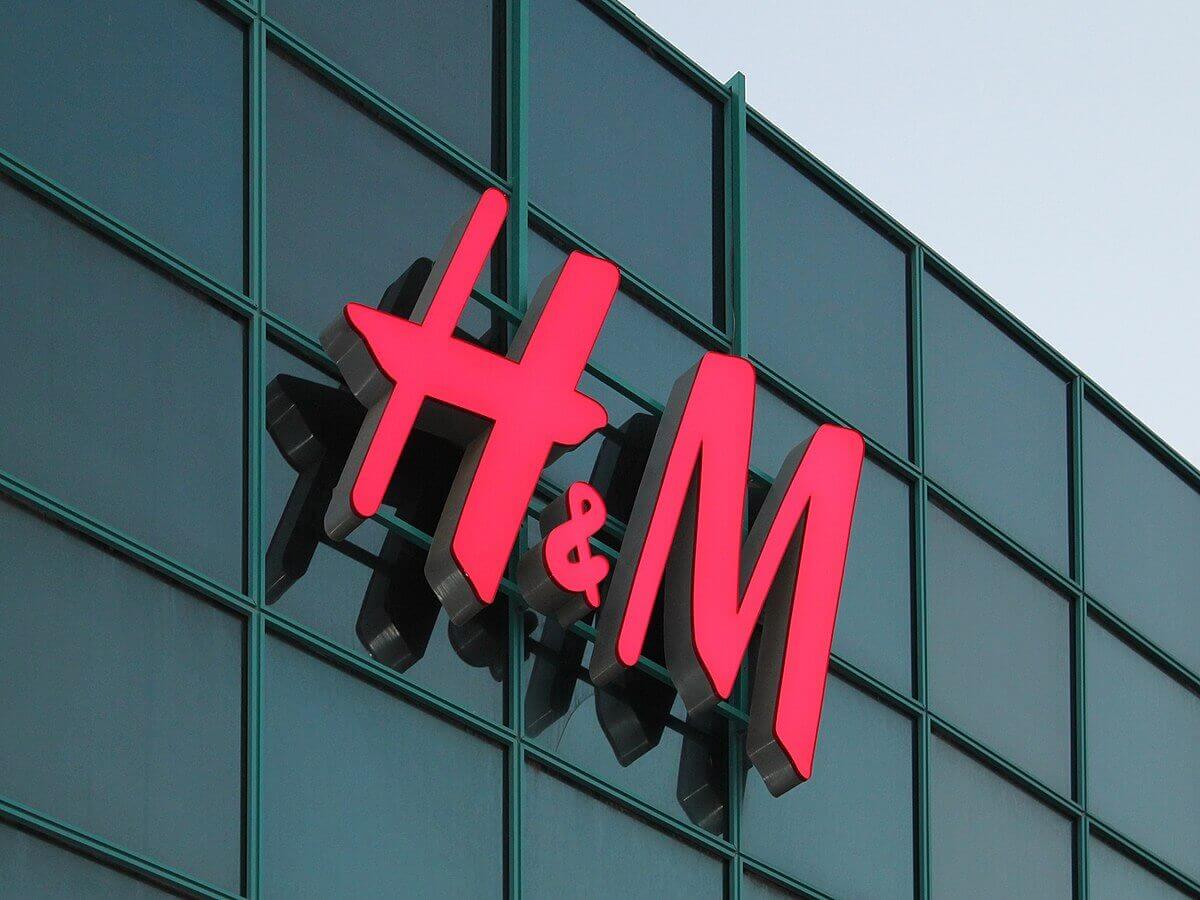
5. H&M
Country of Origin: Sweden
Revenue (as of 2018): 23.7 Billion
Number of Employees: 123,178
Inspired by his visit to New York City, Erling Persson opened what he hoped would be a new style of womenswear store in Västerås, Sweden, in 1947. He named it Hennes, Swedish for “Hers”. The company grew its retail presence of the next 20 years until Hennes acquired the Stockholm-based hunting apparel and fishing equipment retailer Mauritz Widforss. With a name change to Hennes & Mauritz, they expanded into men’s and children’s clothing. By 1969, H&M had 42 stores located in Sweden, Norway, Denmark, and the UK, with outlets in Switzerland soon to follow. In 1982, after 35 years of service, Erling Persson stepped aside, making his son, Stefan Persson the company’s CEO.
By the mid-2000s, H&M began collaborating with design superstars, like Karl Lagerfeld, Versace, Roberto Cavalli, Alexander Wang and Stella McCartney to make their high-quality brands appeal to fashion fans at every spending level.
Still family run, H&M now has over 4,500 locations, spanning Europe, North America, Asia, the Middle East, Africa, South America, and Australia.
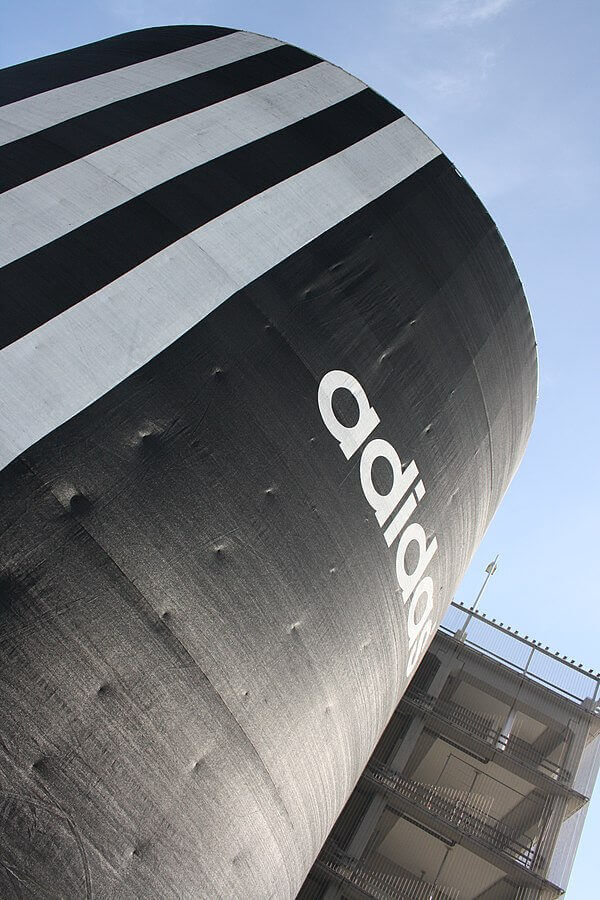
4. Adidas
Country of Origin: Germany
Revenue (as of 2018): 24.7 Billion
Number of Employees: 56,888
Adi Dassler began making athletic shoes in his mother’s kitchen after he returned from World War I. In 1924, his brother Rudolf joined the business that would become Gebrüder Dassler Schuhfabrik or Dassler Brothers Shoe Factory. Jesse Owens won four gold medals at the 1936 Summer Olympics wearing Dassler Brothers’ shoes cementing the brother’s reputation, and their products became highly sought after.
A fraternal rift during World War II saw the company split with Rudolf forming a new firm that would eventually become Puma. Adi formed a new company in 1949 that would eventually become known as Adidas, registering a shoe bearing the iconic triple stripes that same year.
Though burdened by financial challenges through the 80s and 90s under its new management, the brand continued to innovate and explore new markets, eventually expanding into sports-inspired streetwear. Adidas harnessed the power of popular marketing campaigns featuring legendary athletes such as David Beckham, and Muhammad Ali while continuing its growth through acquisitions of Reebok, and Rockport.
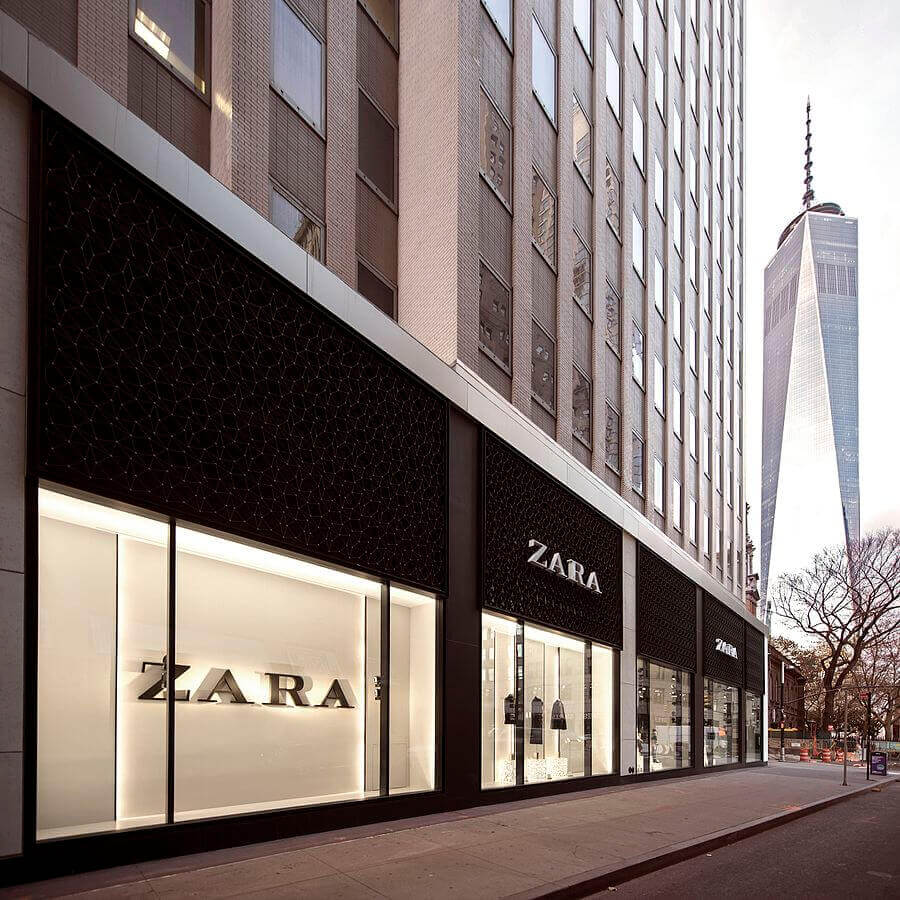
3. Inditex
Country of Origin: Spain
Revenue (as of 2018): 28.8 Billion
Number of Employees: 171,839
Beginning as a small dress shop in 1963, Amancio Ortega eventually opened the first Zara retail store in 1975. Expansion and acquisitions throughout Spain followed, and in 1985, the holding company Industria de Diseno Textil S.A. or Inditex was created consolidating a diverse range of brands together under one banner.
Today, Inditex is one of the world’s largest fashion retailers, with 7422 stores in 96 markets around the world. Its eight internationally renowned brands are Zara, Pull&Bear, Massimo Dutti, Bershka, Stradivarius, Oysho, Zara Home and Uterqüe.

2. Nike Inc.
Country of Origin: USA
Revenue (as of 2018): 34.3 Billion
Number of Employees: 74,400
Founded as Blue Ribbon Sports by Bill Bowerman and Phil Knight in 1964, the company initially operated as a distributor for Japanese shoe maker Onitsuka Tiger. Bowerman would famously make his first pair of original shoes from a waffle iron, and by 1971 the Nike swoosh was adopted in the company’s newly launched product line.
Nike expanded through the 80s, both domestically and internationally acquiring other popular footwear brands and initiating marketing campaigns through sponsorship agreements with athletes and celebrities. The company was made a member of the Dow Jones Industrial Average in 2013, and today holds 2.8% of the global apparel market. Nike Inc. now includes Nike, Converse, Hurley, and Jordan brands.
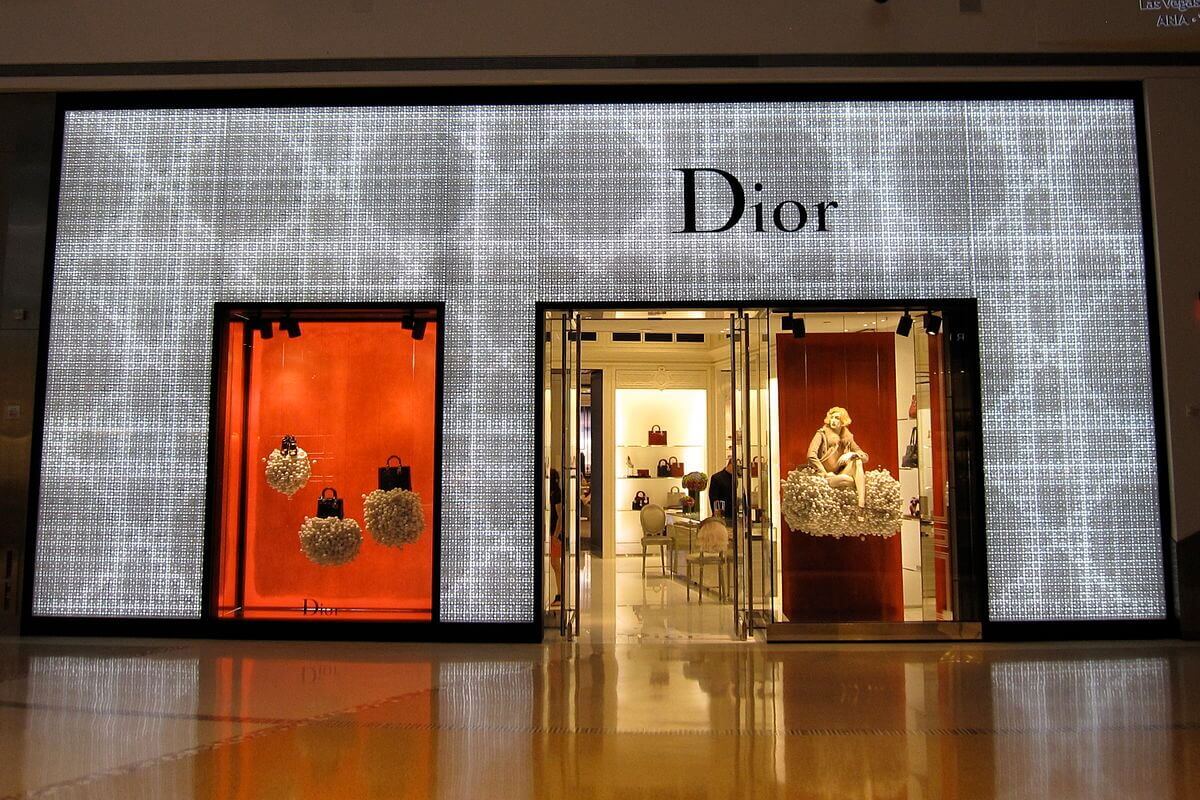
1. Christian Dior
Country of Origin: France
Revenue (as of 2018): 49.2 Billion
Number of Employees: 131,310
French fashion designer Christian Dior debuted his first collection in 1947. Dubbed the ‘new look’ by the fashion industry, it was a contrast to the grim post-war reality of Europe and reasserted Paris as the fashion capital of the world.
Celebrities gravitated to Dior’s new look, and in 1948, he established a luxury ready-to-wear house in New York City, the first of its kind. Later that year, Dior would launch its first fragrance. Expansion into jewellery and cosmetics followed as the company grew under the leadership of fashion notables, Yves Saint Laurent, Gianfranco Ferré, and John Galliano who remains the creative directive.
The company continues to expand with affiliated upscale brands through LVMH (Louis Vuitton and Moët Hennessy), including Dom Pérignon, Veuve Clicquot, Givenchy and De Beers. In April LVMH bought the remaining 25.9% stake in Dior.
Today, Christian Dior is the world’s largest apparel company, ranking 208 on Fortune’s Global 500 List, and 142 on Forbes’ Top Multinational Performers list.







